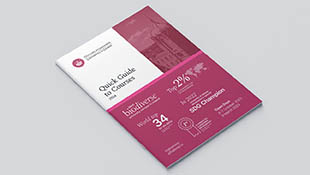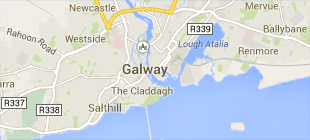-
Courses
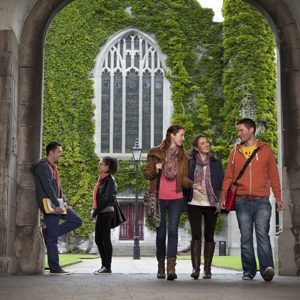
Courses
Choosing a course is one of the most important decisions you'll ever make! View our courses and see what our students and lecturers have to say about the courses you are interested in at the links below.
-
University Life
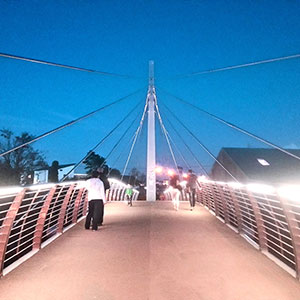
University Life
Each year more than 4,000 choose University of Galway as their University of choice. Find out what life at University of Galway is all about here.
-
About University of Galway
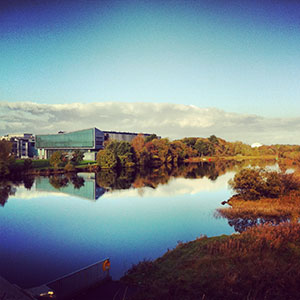
About University of Galway
Since 1845, University of Galway has been sharing the highest quality teaching and research with Ireland and the world. Find out what makes our University so special – from our distinguished history to the latest news and campus developments.
-
Colleges & Schools
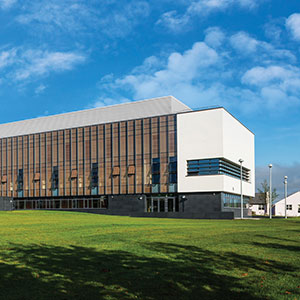
Colleges & Schools
University of Galway has earned international recognition as a research-led university with a commitment to top quality teaching across a range of key areas of expertise.
-
Research & Innovation
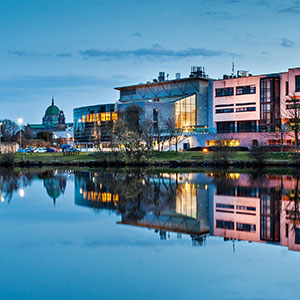
Research & Innovation
University of Galway’s vibrant research community take on some of the most pressing challenges of our times.
-
Business & Industry
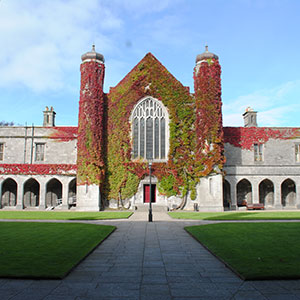
Guiding Breakthrough Research at University of Galway
We explore and facilitate commercial opportunities for the research community at University of Galway, as well as facilitating industry partnership.
-
Alumni & Friends
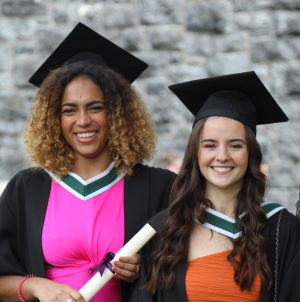
Alumni & Friends
There are 128,000 University of Galway alumni worldwide. Stay connected to your alumni community! Join our social networks and update your details online.
-
Community Engagement
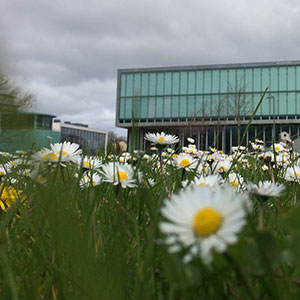
Community Engagement
At University of Galway, we believe that the best learning takes place when you apply what you learn in a real world context. That's why many of our courses include work placements or community projects.
The Garranes Project
The Garranes Ringfort Project
The area around Bandon in countyCork is an archaeologically rich one, with plentiful remains from the prehistoric, early medieval and medieval periods. The site of Cashel hillfort in Clashanimud townland, to the northeast of Bandon, may have provided a focus for prehistoric activity in the region, particularly in the Late Bronze Age. Its scale and the amount of labour required in its construction suggest the existence of an organising elite and thriving community in the locality during late prehistory. This project explores the continued use of this landscape into the first millennium AD. The landscape of the first half of this millennium, the late Iron Age, is very difficult to identify archaeologically in this area. Therefore, it is the second half of the first millennium AD that must be relied upon to reveal large-scale patterns of landscape use in the post-Bronze Age period. The settlements of these later centuries are archaeologically very visible, typified by the ubiquitous ringfort. Garranes Landscape (Map by Nick Hogan)
Garranes Landscape (Map by Nick Hogan)
Ringforts are numerous in the area surrounding Cashel hillfort, though only one of these has been excavated. Both the impressive morphology and excavated assemblage suggest that this site, Lisnacaheragh ringfort in Garranes townland (now generally referred to as Garranes ringfort), comprised a high status enclosure. Like the earlier (though larger) hillfort to its southeast, this ringfort suggests the existence of a powerful, organising elite and flourishing local community. Early historical and literary texts confirm the presence of a wealthy ruling elite in this region, the Eóganacht Raithlinn. The aforementioned ringfort in Garranes townland has been proposed as the seat of power for this group by scholars such as historian John Ryan and Garranes excavator Seán P. Ó Ríordáin (1942). It would seem, then, that the landscape surrounding both Cashel Hillfort and Garranes ringfort was a socially and politically important one in at least two different periods of the past.

Garranes from the air (courtesy of UCC)
With this in mind, a study area for the first millennium AD was chosen centred on the location of these two sites. This desktop-based study is exploring the chosen landscape through the distribution of relevant archaeological remains. The study forms part of a larger research project, the Iverni Project, based in UCC, and directed by Professor William O’Brien.










